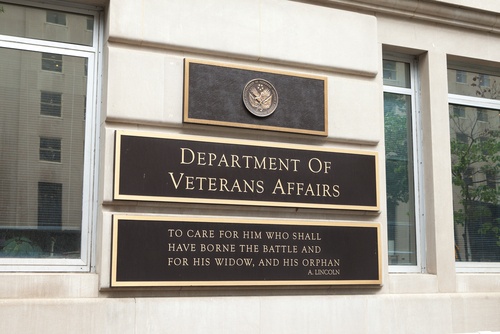Key Takeaways:
- The VA faces outdated systems causing delays and unequal care access.
- Budget cuts and tech issues, like the EHR overhaul, hinder progress.
- A proposed virtual network could bridge care gaps.
- Modernizing infrastructure and data use are crucial for improvement.
The Department of Veterans Affairs (VA) serves millions of veterans, but its outdated systems are causing significant issues. Veterans often face long wait times and unequal access to care based on where they live, rather than their actual needs.
The Problem: An Outdated System
The VA’s structure is a patchwork of regional networks, each operating independently. This leads to inconsistent care quality and inefficient resource use. For example, a veteran might be sent to a distant hospital even when a closer one has availability.
The VA relies on legacy systems for scheduling, making it hard for staff to see all available providers. This results in underused facilities in some areas and overcrowded ones in others. Clinicians, trained to handle various needs, are limited by these systemic issues.
Budget Cuts and Tech Challenges
Recent budget cuts aim to reduce the VA workforce by 15%, potentially worsening the situation. The $50 billion EHR system, led by Oracle, has faced setbacks, highlighting the complexity of modernizing such an extensive network.
A Path Forward: Technology and Collaboration
Private health systems have improved by using data to predict patient needs and streamline care. The VA could benefit from a similar approach, creating a virtual network for remote consultations across regions.
The MISSION Act expanded private partnerships, but delays persist. Strengthening the VA’s infrastructure is essential for timely, personalized care.
The Dole Act: A Step Toward Reform
The Dole Act aims to improve appointment scheduling and prioritize veterans’ preferences. Secretary Doug Collins emphasizes the need for better resources to enhance patient access.
Conclusion: A Vision for the Future
Modernizing the VA’s digital foundation is crucial. By leveraging technology and collaboration, the VA can eliminate inefficiencies and deliver consistent, high-quality care. The goal is a borderless, digital network ensuring no veteran’s care is compromised by geography or outdated systems. With the right reforms, the VA can become a model for effective healthcare.

